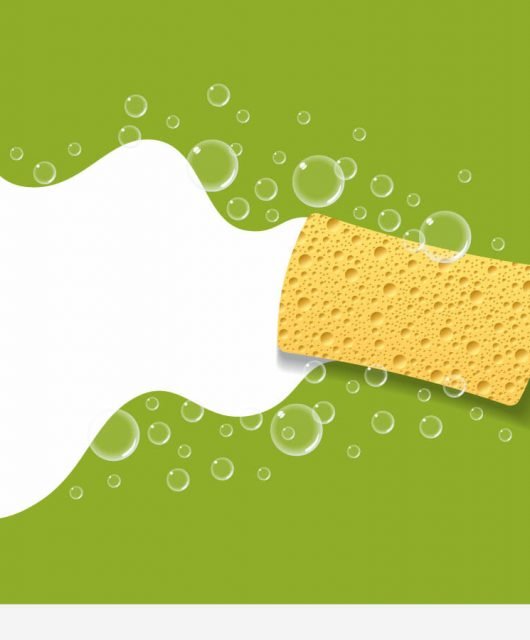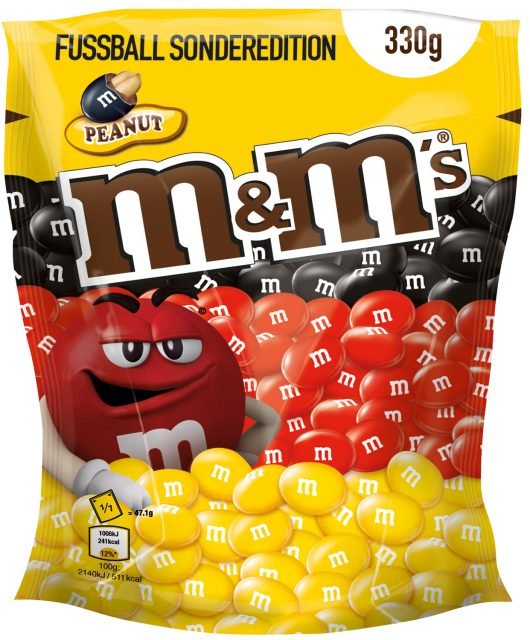Your 5-step recipe for your media mix musts
Co-authored by Nermeen Bedeir, Managing Director, Egypt, Kantar and Rana Mokhtar, Director: Brand and Analytics, Egypt, Kantar
Great advertising needs great media environments. But with changed media behaviour and consumption habits, brands are struggling to stay relevant. We lift the lid on how to win in the ever-evolving media environment based on Kantar’s Media Reactions study, which unpacks the ingredients for media success in Egypt with insights from real-world consumer preferences.
With a constantly changing media landscape, brands need to understand which consumer and marketer attitudes have changed and which have stayed the same. Kantar Media Reactions has the answers. It offers a window into how audiences truly feel, as the leading global equity evaluation of a selection of media channels and media brands, based on the feedback of 14,500 consumers and 900 senior marketers around the world, including Egypt. This provides authentic understanding on how to address the top strategic challenges of today’s new media environment.

Online vs offline: The dilemma of choice
When ‘media channel’ is mentioned, TV still comes to mind first, followed by out of home (OOH) and point of sale (POS). That said, the competition is on between online and offline media channels, with TV frequently seen by 51% of Egyptians who claim to also see digital content.
It’s a case of ‘same exposure, different impressions’, as attitudes towards online and offline channels vary drastically. Looking at the negatives, consumers are concerned with excessive targeting online and overdosing on repetitive ads offline. Flipping the script to see the positives, online platforms are seen to provide more relevant content while offline media brands are seen as more trustworthy, relevant and of better quality, despite excessive targeting.
These negative impressions on quantity and frequency/repetitiveness exceed the global norms, with positive impressions on ‘innovation’ and ‘quality’ also lower than average. Drilling down further into audience differences, most negative ad impressions in Egypt are driven by the harder-to-satisfy Gen Z and male respondents, while Gen Y and female respondents have more positive attitudes towards advertising channels and brands alike. It’s therefore crucial to ensure a firm grasp on not only the new media consumption habits going into 2022, but also how to maximise engagement across all channels, while balancing the benefits of scale provided by global media platforms with the promise of greater relevance from local media gems, maintaining appeal to marketers and consumers alike.
Your 5-step recipe for media success with an Egyptian flavor

Step 1: Prepare the best ingredients for your media bake by focusing on quality and innovation
The global Kantar CrossMedia database reveals the key levers on paid media that drive greater brand exposure all start with strong creative, coming in at 50% of the overall media success. Media makes up the other half, so marketers need to not only maximise their reach and emphasise their message, but also optimise that media spend by investing enough time and budget to ensure incredible creative quality. Do so by building consistently across all touchpoints, while being innovative in both the idea and the creation.
Because while TV is the main offline platform feeling consumers’ negative attitude in Egypt right now, it’s also the platform with the highest penetration and heavy users, which boosts the reach of campaigns. This speaks to the need for a synergistic approach. As digital media dominates the top five channels driving synergy, aim for a balance between media channels.

Step 2: Unlock the synergistic effect by weighing up the right proportions
Smart use of the media platforms in your marketing mix ensures the desired reach and impact, while also bringing to life the synergistic effects of playing to their strengths with multimedia campaigns. A study on ROI by the Advertising Research Foundation, on 5,000+ campaigns for 1,000 brands across 41 markets, showed that the impact on ROI is 19% higher if two or more channels are used and up to 35% higher if five or more media channels are used. So, for every dollar you spend, you get 35 cents more from a truly multimedia campaign than on one relying on a single media channel.
Putting this into practice, TV works well as the lead channel when an ad has strong creative, while digital helps extend those messages and works best in conjunction with a lead medium that has established the core of the campaign. Unboxing those digital platforms further to better understand channel equity vs usage, we see high penetration and exposure among Egyptians. There’s frequent exposure to both streaming and social media, with YouTube leading all online channels with 92% claimed usage compared to just 40% on equity and ad receptivity.

Also note that total ecommerce exposure now equals that of social media, at 74%. This is largely due to the boom of multiple new ecommerce platforms for shopping, groceries and food ordering as well as electronics, now reaching two-thirds of Egyptians as we learned to ‘do it all from home, online’ under COVID-19. Amazon/Souq (50%) and Noon (50%) have the highest advertising equity for ecommerce platforms followed by Jumia (47%); while in search and social media, Facebook’s penetration (91%) is almost on par with Google (92%), though Facebook shows 41% channel equity compared to Google’s 50%. Instagram stands out on both high reach (83%) and equity (44%) compared to the other search and social platforms in Egypt.
Step 3: Know your audience to adjust your measurements
Each online platform has its own audience, so remember to factor in differences among target groups. For example, Noon’s equity in Egypt is mainly driven by male and middle-age group consumers, while Amazon/Souq is preferred by females; as TikTok tops the table for Gen Z, Google for Gen Y and Amazon/Souq for Gen X. As this differs further by advertising category, it’s crucial to understand the perceptions of the demographic groups most relevant to the brand.
While advertising on these highly penetrated digital platforms helps with reach and long-term brand building, frequency should be capped to avoid repetition. Either synergise with the main platform to further empower the message or support it through targeting, to strengthen the ad’s impact in an optimised way.
Identifying the audience’s perceptions and attitudes guides brands on media platform selection, as does knowing the individual platforms’ personas. We can help you match the top ad equity drivers with media brand personas based on Kantar’s NeedScope model of brand personality archetypes.

Step 4: Use the channel flavour that best matches your brand
Focusing on the personality of the brand channel emphasises the communication message, as well as the overall brand identity. Unfortunately, less than half of consumers feel that brands pay enough attention to ‘who,’ ‘where’ and ‘when’, especially when it comes to online ads. So, while your brand logo, slogan and message are the top hygiene factors for campaign integration, the disconnect is strongest between the brands’ creativity in tailoring their ads to match the medium and in personalising the content.
Karim Sami, Analytics & Insights Director, Egypt, P&G, explains: “Just 20 years ago, consumers watched one platform. It was all about TV and, to a lesser degree, what they saw while in store. Now, consumer behaviour is different. Everyone has access to multiple screens and looks at them most of the time. That’s why we need to advertise on multiple, integrated screens. The more we know about our consumers’ interests, the better we reach them, especially through personalised advertising. The very complexity of doing so gives you an advantage, as everyone benefits from showing consumers ads that best serve their interests.”
Step 5: Mix and bake using the art of integration
Adding more media channels therefore improves impact rather than diluting the message, especially when campaigns are well-integrated and customised. So, while TV is more likely than digital to be cost effective at lower share levels, it’s good practice to ensure no media commands more than 50 percent of your marketing spend. Overall, Egyptian consumers are positive about multimedia campaigns, especially those that pair a strong, connected message with content, as these serve as a reminder about the brand and result in stronger impressions of the brand. However, there is a gap between how well marketers think they integrate their strategies and how consumers perceive them. So, there’s room for improvement, without going the easy route of using the same content across all channels.
Cherry Michael, Cluster Media Manager, North Africa, Al Ahram Beverages Company | Heineken, confirms, “The more mediums you use, the more audiences you reach. As each brand has a different target audience, so too does each platform. Personalisation is the new marketing now, as the definition of ‘good creative’ differs from person to person. It’s about personalising the content for a specific platform as well as a specific target audience, as the consumer experience improves as the platform content fit improves.”
Find out more about Kantar’s Media Reaction study here. Unpack the recipe for media success and learn more about the specific media challenges and opportunities in Egypt:







